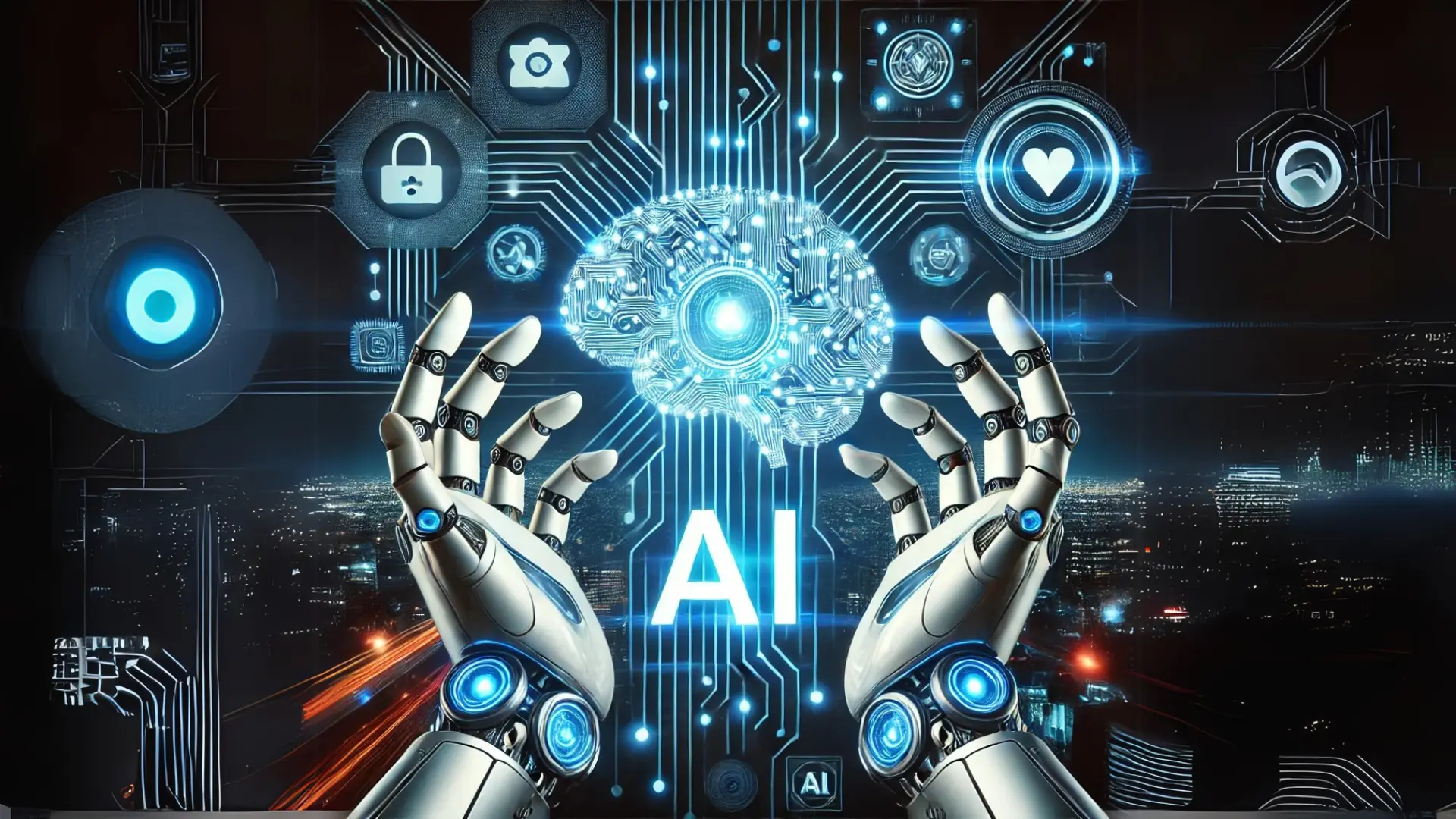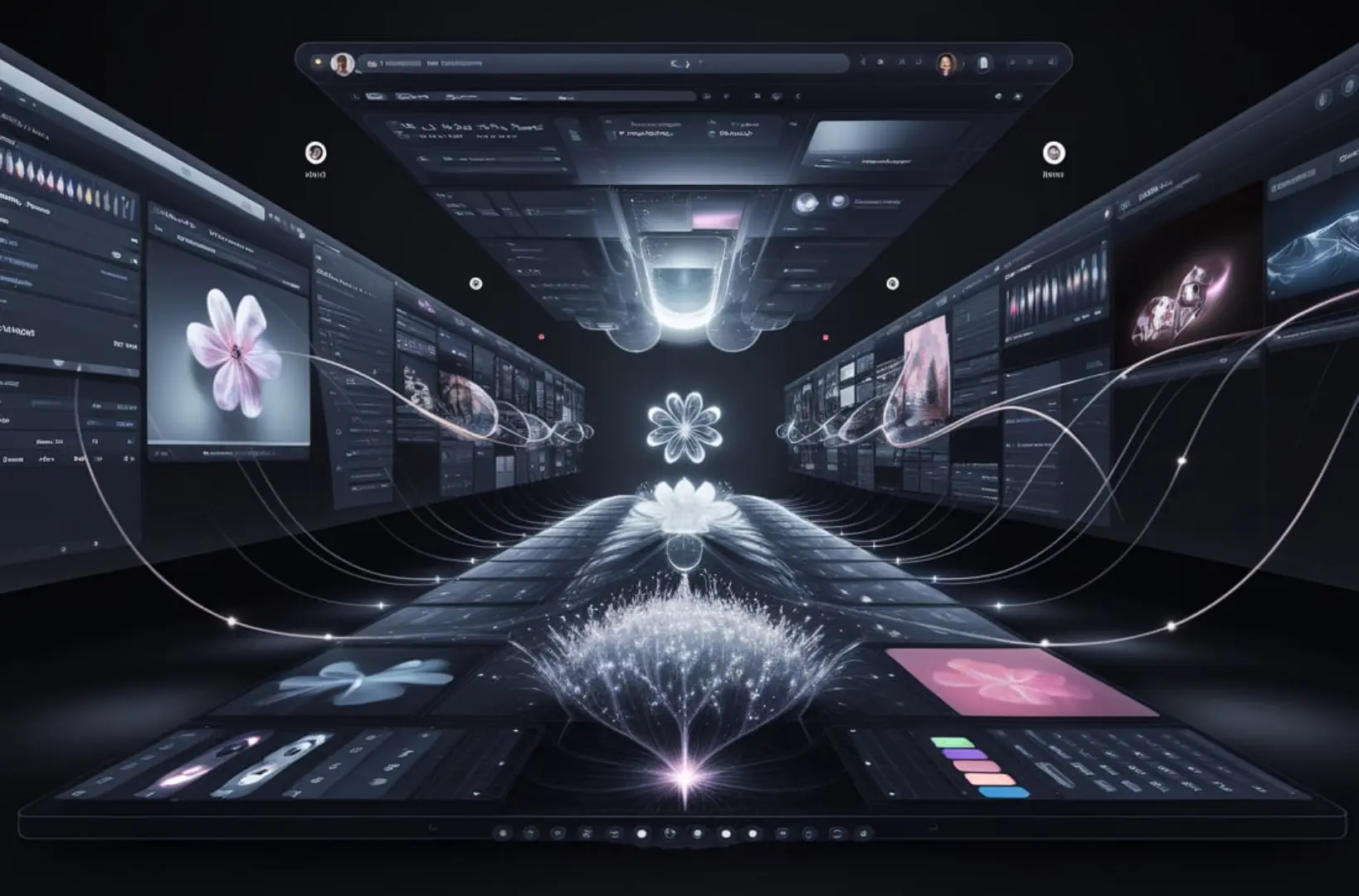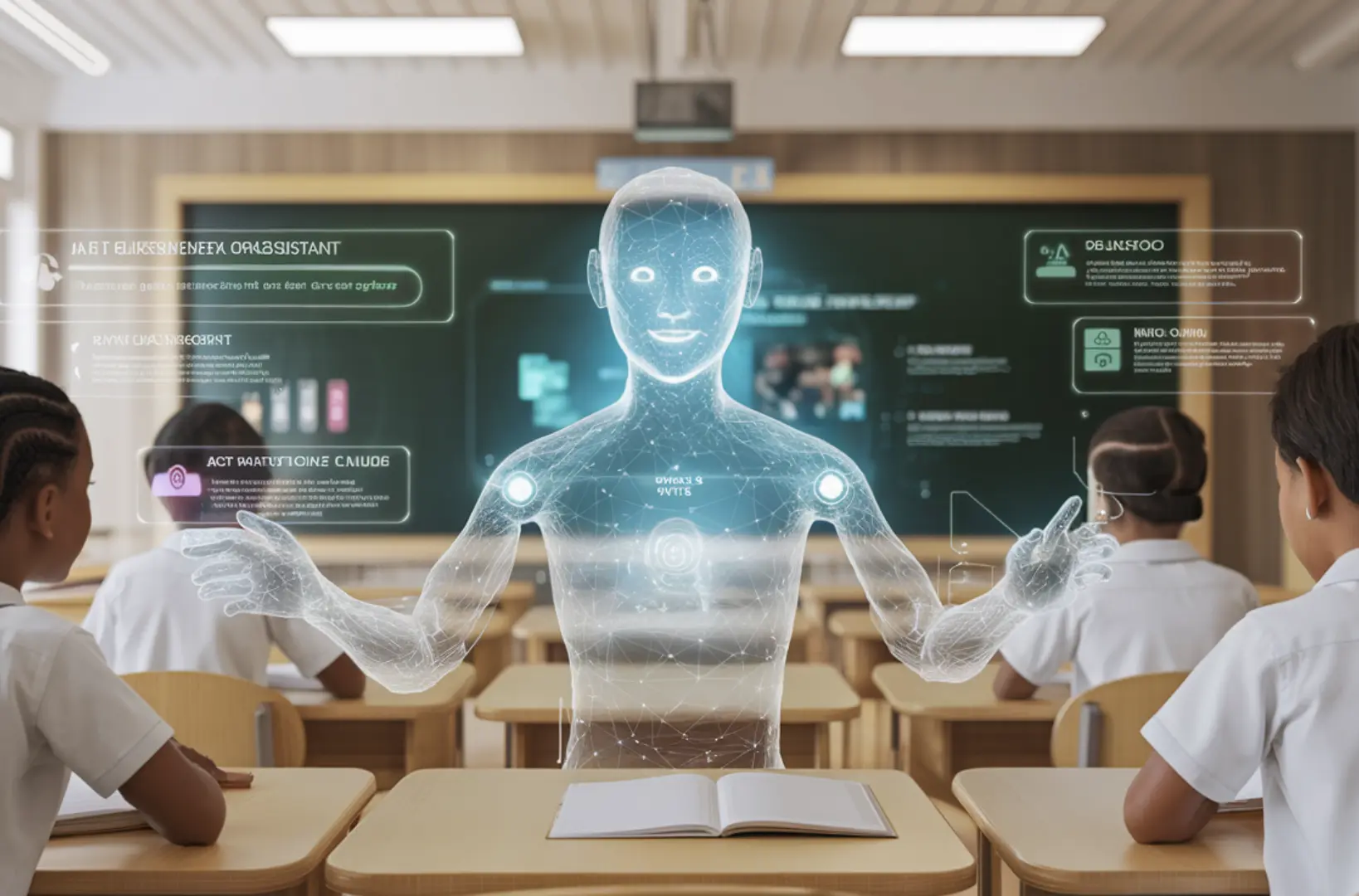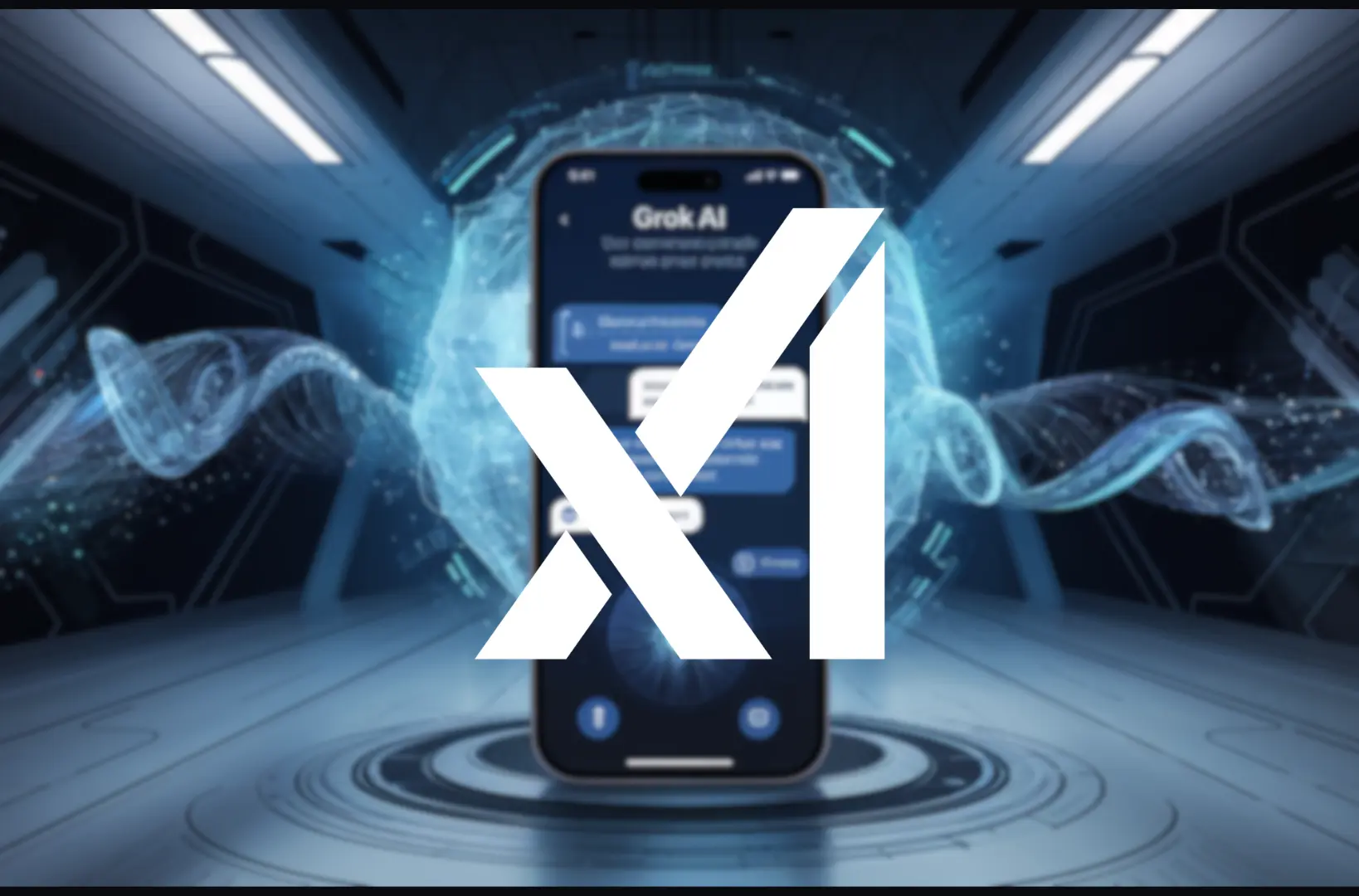Artificial Intelligence (AI) is no longer a futuristic concept; it’s a transformative force shaping the present and redefining the future. As we step into 2025, AI continues to expand its horizons, bringing innovations that touch nearly every aspect of our lives. From revolutionizing industries like healthcare, finance, and education to creating entirely new possibilities in creativity and sustainability, AI’s influence is unmatched. Recent studies indicate that AI adoption has surged by 270% in the last four years, with the global AI market expected to surpass $300 billion by 2025. This incredible growth is driven by groundbreaking advancements, such as autonomous decision-making systems, generative AI, and quantum-powered solutions. These technologies not only promise efficiency and accuracy but also open doors to previously unimaginable opportunities. In this blog, we delve into the top 10 AI trends of 2025, offering insights, examples, and statistics to showcase their transformative potential.
1. Generative AI: Creativity Without Limits
Generative AI, powered by models like GPT and DALL-E, is no longer confined to creating text or images. In 2025, it’s being applied to:
- Gaming: Generative AI will design entire game worlds procedurally, saving 40% of development time. Popular games such as Minecraft and Roblox are already experimenting with generative technologies to create unique, player-driven experiences.
- Healthcare: AI is synthesizing realistic 3D models of organs for surgical training, allowing medical professionals to practice complex procedures in a risk-free environment. Companies like HeartFlow use AI to generate 3D heart models for cardiovascular diagnosis.
- Content Creation: By 2025, 80% of digital content, including videos, blogs, and advertisements, will involve AI generation (Gartner). Adobe’s AI-powered tools like Photoshop and Premiere Pro are setting the stage for this transformation, enabling creators to generate high-quality content in minutes.
Generative AI enhances efficiency and expands creative possibilities for industries such as advertising, entertainment, and education.
2. Autonomous Decision-Making Systems
AI is transitioning from providing insights to making decisions autonomously. These systems are being widely adopted in industries such as:
- Finance: Autonomous trading algorithms now account for over 70% of global trading volumes. For instance, platforms like Robinhood leverage AI to execute trades in real-time, optimizing profits.
- Supply Chain: AI optimizes logistics in real-time, reducing costs by up to 30%. Amazon’s AI-driven warehouse systems are a prime example, automating inventory management and improving delivery times.
- Urban Planning: Smart city solutions, such as Singapore’s AI-powered traffic management system, reduce congestion and enhance resource allocation, cutting urban inefficiencies by 25%.
This shift reduces reliance on human input for repetitive and data-driven decisions, significantly improving operational efficiency and accuracy.
3. Hyper-Personalization Engines
AI personalization has reached new heights, with platforms predicting user behavior with unmatched precision. For instance:
- E-commerce: Personalized product recommendations can increase conversion rates by 35% (McKinsey). Amazon and Shopify are leading this trend by offering tailored shopping experiences based on user data.
- Education: AI-driven learning platforms like Khan Academy adapt course material to individual needs, improving retention by 20% and ensuring no two students follow the same path.
- Entertainment: Streaming services such as Netflix and Spotify use AI to analyze viewing and listening patterns, reducing churn by 10% through hyper-personalized suggestions.
By 2025, personalization engines will redefine customer experiences across industries, making every interaction more engaging and relevant.
4. AI-Driven Healthcare Innovations
AI’s impact on healthcare is profound, addressing some of the biggest challenges in the sector. Key areas include:
- Diagnostics: AI algorithms like those from PathAI identify diseases with 95% accuracy in radiology and pathology, outperforming human specialists in certain cases.
- Drug Discovery: Companies like Insilico Medicine and DeepMind are using AI to reduce drug development timelines by 50%, saving millions in R&D costs and accelerating treatments for diseases like cancer.
- Robotic Surgery: AI-assisted surgical robots, such as those developed by Intuitive Surgical’s da Vinci system, enable minimally invasive procedures with increased precision. The global market for such systems is expected to reach $14 billion by 2025 (Fortune Business Insights).
These advancements make healthcare more accessible, accurate, and affordable for millions around the world.
5. Federated Learning and Privacy-Preserving AI
With rising concerns about data privacy, federated learning enables AI models to train on decentralized data without compromising user information. Applications include:
- Healthcare: Hospitals collaborate to train models for disease prediction without sharing sensitive patient data. Google’s Federated Learning of Cohorts (FLoC) initiative is one example.
- Finance: Fraud detection systems, like those used by Visa, employ federated learning to enhance security without exposing transactional data.
- IoT: Connected devices like Nest thermostats process data locally, ensuring privacy while delivering personalized experiences.
By 2025, over 60% of organizations are expected to implement privacy-preserving AI techniques to comply with stricter regulations such as GDPR and CCPA.
6. Quantum Computing Meets AI
The fusion of quantum computing and AI promises to revolutionize problem-solving. Breakthroughs include:
- Drug Development: Quantum algorithms simulate complex molecules, reducing costs by billions and accelerating the development of cures for diseases like Alzheimer’s.
- Logistics: AI-powered quantum solutions optimize global supply chains, saving companies 15% in operational expenses. Companies like DHL and FedEx are piloting these systems.
- Cryptography: Quantum AI enhances encryption techniques, providing robust cybersecurity against future threats posed by quantum computers.
By 2025, the quantum AI market is projected to surpass $2 billion, unlocking new dimensions of computational power.
7. Real-Time Multimodal AI Systems
Multimodal AI combines data from multiple sources, such as text, video, and audio, for enhanced decision-making. Key advancements include:
- Customer Support: AI bots with multimodal capabilities, like OpenAI’s ChatGPT with vision and speech integration, handle 70% of queries without human intervention.
- Autonomous Vehicles: Self-driving cars from Tesla and Waymo use multimodal AI to process real-time data from cameras, LIDAR, and sensors, ensuring safety and efficiency.
- Healthcare: AI integrates patient history, imaging, and lab results for more accurate diagnoses. For example, IBM Watson Health combines data sources to provide tailored treatment recommendations.
This technology makes AI systems more versatile and efficient in diverse applications, bridging the gap between human and machine understanding.
8. Synthetic Data for AI Training
Data scarcity often limits AI development. Synthetic data generation is solving this by creating high-quality, labeled datasets. Benefits include:
- AI Model Accuracy: Synthetic data improves training outcomes, boosting accuracy by 15%. For example, companies like Datagen create realistic datasets for computer vision models.
- Cost Reduction: Firms save up to 40% on data acquisition by using synthetic alternatives.
- Diversity: Synthetic datasets enhance representation in AI models, addressing biases in areas like facial recognition and healthcare.
By 2025, the synthetic data market is expected to reach $1.5 billion, driving innovation across sectors.
9. AI for Green Technology
AI is playing a pivotal role in combating climate change and promoting sustainability. Key applications include:
- Energy Grids: AI optimizes renewable energy integration, increasing efficiency by 20%. Google’s DeepMind has already demonstrated this with its AI-powered data centers.
- Manufacturing: Predictive maintenance powered by AI reduces waste and energy consumption by 15%. Siemens is a leader in this field.
- Agriculture: AI-powered solutions, like John Deere’s smart farming tools, monitor crop health and improve yields by up to 25%.
These technologies align AI advancements with global sustainability goals, making a lasting impact on the environment.
10. Lifelong Learning AI Models
Unlike traditional AI systems, lifelong learning models continuously adapt and improve. Benefits include:
- Dynamic Environments: Robots learn new tasks on the go, enhancing flexibility. Boston Dynamics is pioneering this with its adaptive robots.
- Workplace Integration: AI systems evolve alongside changing business needs, reducing retraining costs by 30%. Salesforce’s Einstein AI is an example of a system that learns from user interactions.
- Education: AI tutors evolve alongside students, personalizing learning paths over time. Platforms like Squirrel AI are making this a reality.
By 2025, lifelong learning AI will bridge the gap between narrow AI and general AI, paving the way for more adaptable and intelligent systems.
Conclusion
The AI technologies of 2025 represent a blend of innovation, practicality, and impact. From enhancing creativity to promoting sustainability, these trends are reshaping industries and addressing global challenges. The statistics and advancements outlined here highlight AI’s transformative potential, making it essential for businesses and individuals to stay ahead of the curve.
What AI trend excites you the most? Join the conversation and explore how these technologies can redefine the future.

Jahanzaib is a Content Contributor at Technado, specializing in cybersecurity. With expertise in identifying vulnerabilities and developing robust solutions, he delivers valuable insights into securing the digital landscape.








